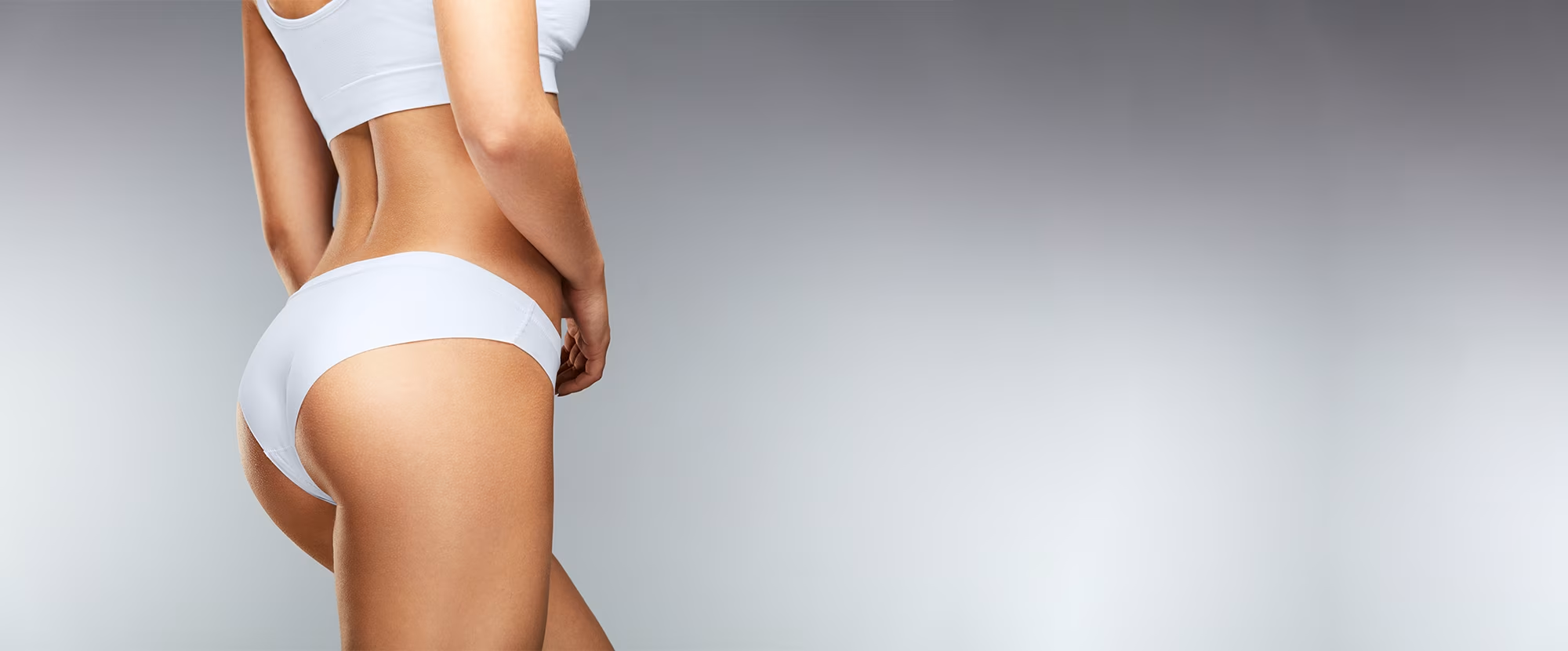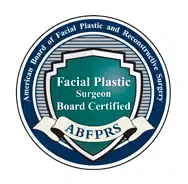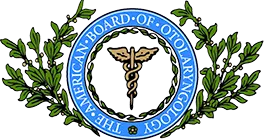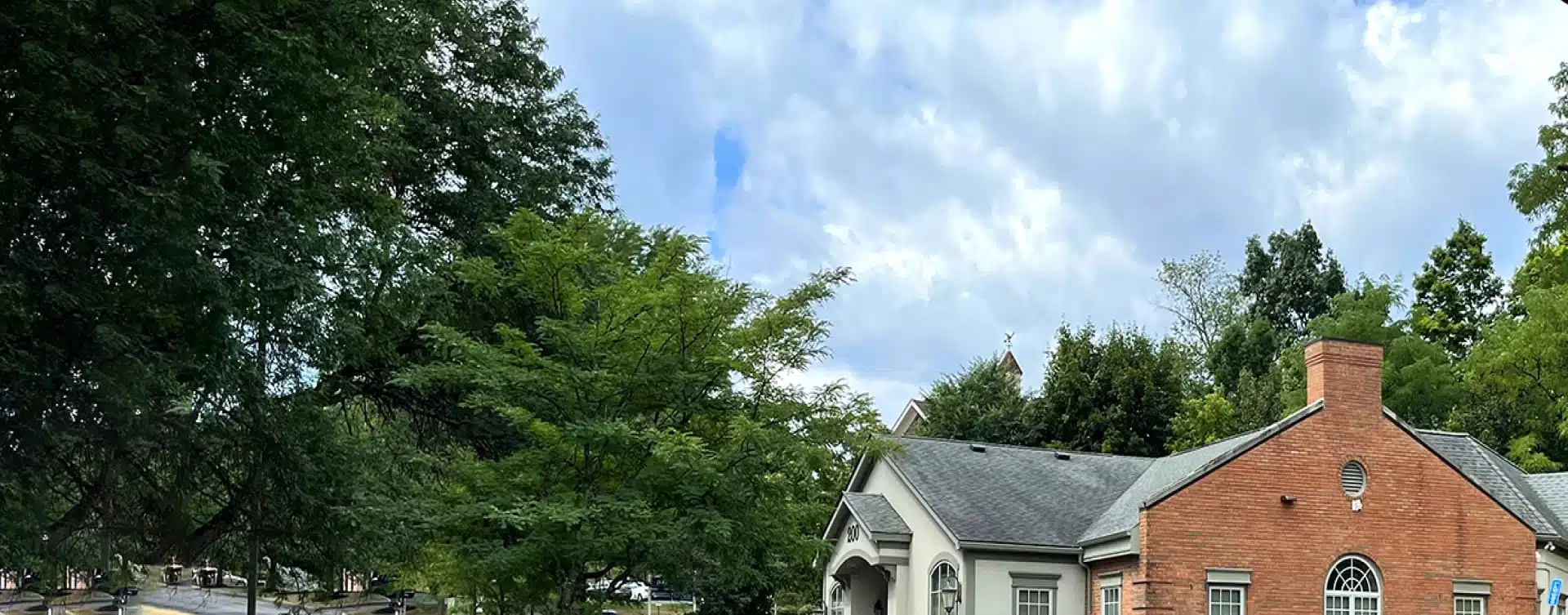Benefits of Spider Vein Treatment
Tired of covering up those spider veins? Our laser therapy for Spider Veins Body offers a safe, non-invasive avenue to reclaim your smooth, youthful skin. By precisely targeting and treating these veins, the treatment encourages them to collapse and fade away over time. Done in just one session for most cases, this procedure is the key to unlocking renewed confidence and comfort.
Understanding Spider Vein Laser Therapy
Spider veins, also known as telangiectasias, are small, visible veins on the skin surface that are bluish-purple or red. These unsightly veins typically appear on the face and legs and are caused by a variety of factors like pregnancy, age, weight gain, or genetic predisposition. Spider veins occur when blood flow is not properly regulated due to weakened vein valves or enlarged veins.
The most common treatment for spider veins is laser therapy. Laser vein removal works by heating the blood vessels beneath the skin surface with pulses of laser light energy which causes them to collapse and fade away over time. This procedure can be done in one session depending on how many spider veins need to be treated. A vein specialist may also recommend wearing compression stockings if it is necessary for better results after treatment. Laser therapy is an effective solution for reducing the appearance of blue, red, and purple facial veins in just a short period with minimal risk of side effects.
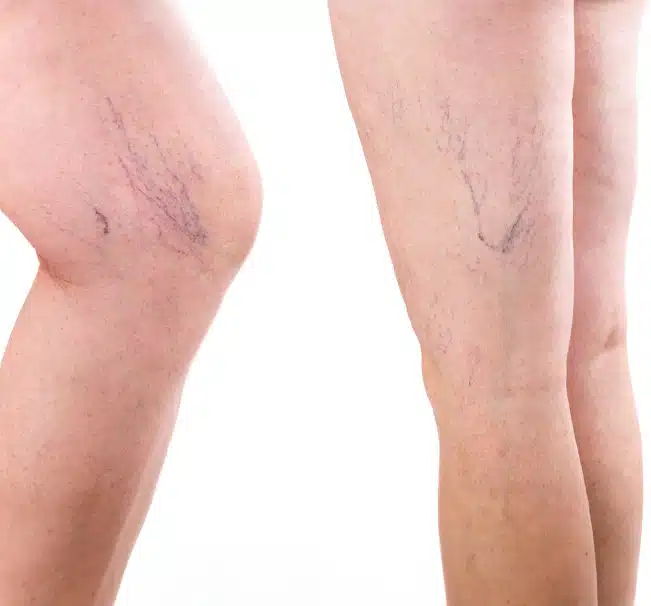
Start Your Journey to Success, Don’t Wait More!
Schedule a consultation with Dr. Rubinstein
Candidates for Spider Vein Treatment
Candidates for spider vein treatment are those who have developed unwanted veins due to a variety of factors such as aging, pregnancy, weight gain, and genetics. The best candidates for effective treatment options are those who still have relatively healthy veins with no underlying conditions that could impact the effectiveness of the procedure. With laser therapy having an overall success rate of up to 95%, it is a safe and reliable form of spider vein removal for those looking to reduce the visibility of these troublesome veins.
Before Spider Vein Treatment
How Do Spider Veins Form?
Spider veins form when the blood volume is too great for the veins to handle due to weakened vein valves or enlarged veins. As a result, the blood pools in certain areas of the veins and can cause clotting over extended periods. This results in visible bluish-purple or red spider veins appearing on the skin surface.
Why Treat Spider Veins?
Spider veins can be both embarrassing and uncomfortable, and many people seek treatment to reduce their visibility. In some cases, spider veins are caused by underlying health conditions or lifestyle habits, which may require additional medical attention. By treating spider veins through laser therapy, patients can restore the youthful look of their skin while also relieving any discomfort associated with these veins.
Spider Veins vs Varicose Veins
Spider veins and varicose veins are both types of visible veins on the skin surface that are caused by weakened vein valves or enlarged veins. Spider veins are smaller, bluish-purple or red vessels that appear in a web-like pattern, while varicose veins are large, swollen, and raised blue or purple veins that can protrude from the skin’s surface. Both conditions require medical attention and may be treated with laser therapy or sclerotherapy depending on severity.
Spider Vein Treatment Options
Dr. Rubinstein at Laser & Cosmetic Surgery Specialists provides three main treatments used to reduce the appearance of spider veins on the face and legs. These options are non-surgical and typically non-invasive or minimally invasive. The sessions may have to be performed more than once for optimal results. Before any cosmetic intervention, Dr. Rubinstein suggests that patients undergo an exam to determine why venous issues are occurring and if any conditions require additional medical intervention, like surgery, to correct the issue long-term.

Laser Spider Vein Treatment
First, a topical numbing cream, or local anesthesia may be offered for patient comfort as he or she requests, and eye protection will be provided. During the laser session, intense light is focused on the vein which can cause a slight snapping sensation on the skin. The darkened vein absorbs the laser’s output of light, which heats up the blood inside the vessel, causing it to coagulate and the blood vessel walls to collapse and seal shut. Eventually, this vessel will be naturally carried away from the site by the body and disposed of. Because the body is made up of an extensive network of blood vessels, this simple removal is not harmful to the body.
With the professional laser systems Dr. Rubinstein offers, the surrounding health tissue is preserved during a laser spider vein removal session. It can take about 15-30 minutes to complete treatments on the face and 30-45 minutes to treat veins of the legs. Sometimes patients see results right away, while larger veins may disappear over the course of a few weeks. It should be noted that veins (typically found in the legs) measuring greater than 4mm may be best treated with sclerotherapy, or injections that cause venous collapse. Following either form of venous leg treatment, compression stockings should be worn for the best outcome.
Laser Genesis
Laser Genesis is a non-invasive laser treatment that can be used to reduce the appearance of spider veins. This treatment works by using gentle, yet powerful laser energy to stimulate collagen production in the skin and help reduce redness and even out skin tone for a more youthful look. Laser Genesis also helps improve circulation to reduce the visibility of small veins that cause spider veins. The procedure is virtually painless, requires no downtime, and may require multiple treatments for desired results.
Why Choose
Dr. Rubinstein
- Dr. Rubinstein is one of the top facial plastic surgeons in New York & New Jersey.
- He is double board certified by the American Board of Facial Plastic Surgery and the American Board of Otolaryngology-Head and Neck Surgery.
- Dr. Rubinstein has been in both private and academic practice for over 20 years.
- He is also an active member of the American Society for Laser Medicine & Surgery.
- Clinical Professor at New York Presbyterian Hospital.
